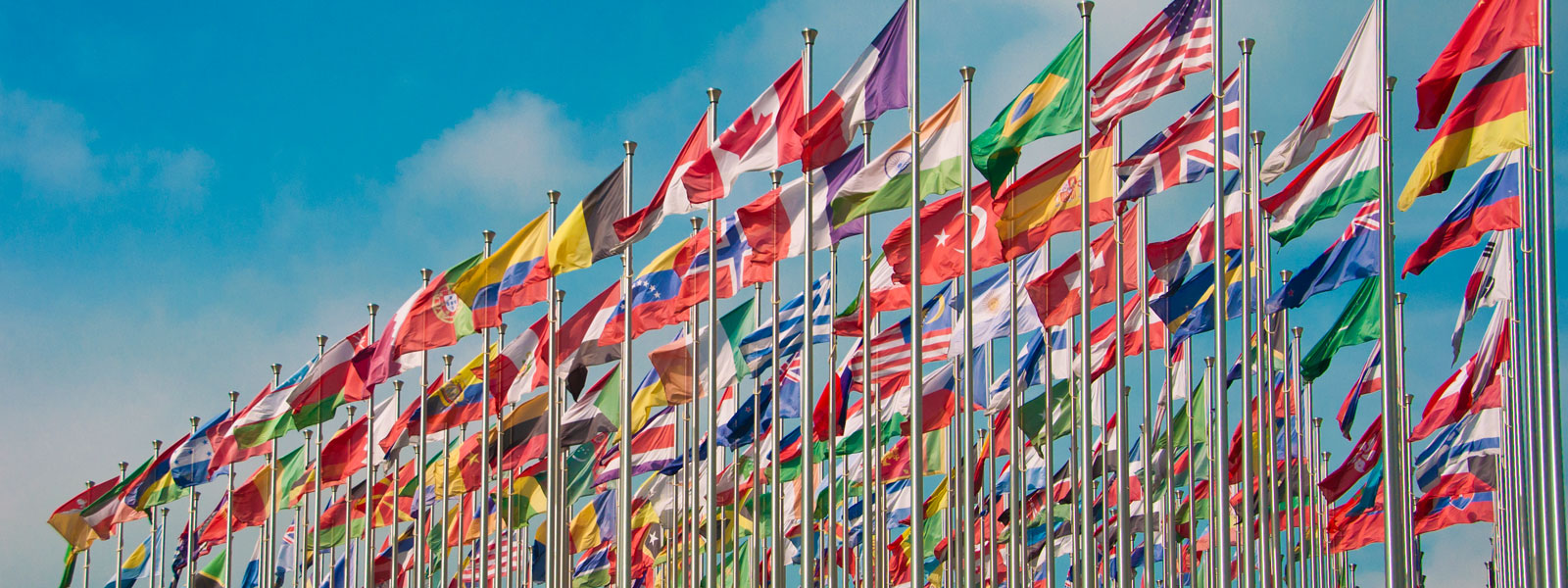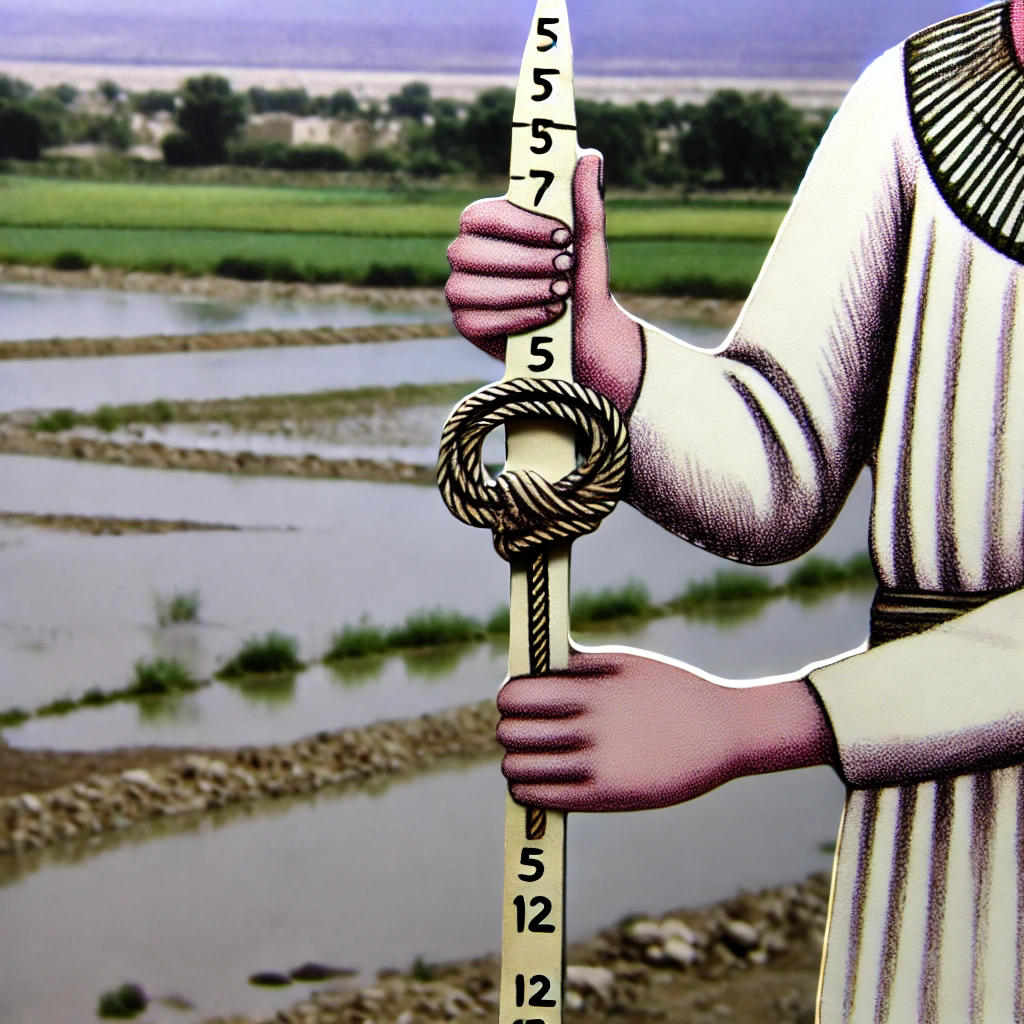
31 July 2024"The 4-Hour Workweek" by Tim Ferriss
Work remotely in a stress-free environment on a beach. The relaxed atmosphere with palm trees, blue sky, and calm ocean waves symbolises the lifestyle promoted in this book.SUMMARYKey Concepts:- Lifestyle Design: Shift from traditional career paths to more flexible and fulfilling lifestyles.- DEAL Framework: Define goals, Eliminate distractions, Automate processes, and Liberate yourself...




















